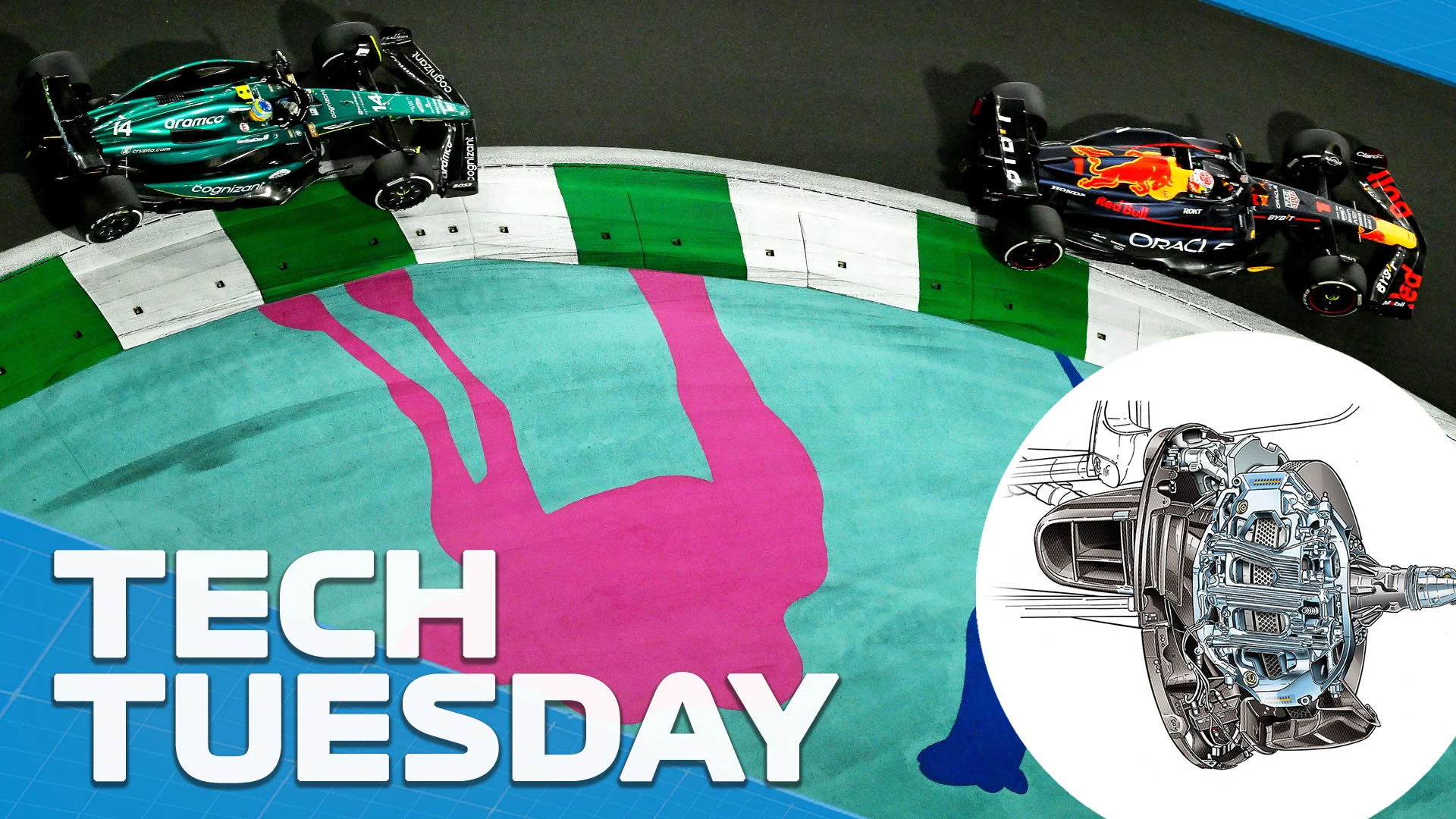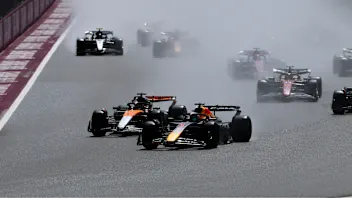TECH TUESDAY: The cunning design area that Red Bull and Aston Martin are leading the way in exploiting


Braking technology is one of the few areas in F1 where extensive design freedoms are still in place – and the development never stops. Leading the way with calliper design for the last couple of years have been Red Bull and Aston Martin. Mark Hughes takes a look at how those two teams have cleverly continued to exploit this performance area.
Most of the F1 teams’ brake calliper design development has been on the front brakes, as the rear system relies heavily on the reverse torque of the ERS-K, and so the actual rear brake discs are relatively small. Most of the direct braking is done at the front. The callipers contain the hydraulically-operated pistons which clamp the brake pads down onto the carbon brake disc.
Next Up
Related Articles
 Verstappen reflects on Mercedes talks and F1 future
Verstappen reflects on Mercedes talks and F1 future Lindblad's car number confirmed for rookie season
Lindblad's car number confirmed for rookie season.webp) End Of Year Reports 2025Aston Martin’s best and worst moments from 2025
End Of Year Reports 2025Aston Martin’s best and worst moments from 2025 Quiz10 quiz questions on British F1 World Champions
Quiz10 quiz questions on British F1 World Champions REVEALED: Your favourite race of the 2025 season
REVEALED: Your favourite race of the 2025 season Sauber’s best moments and most memorable liveries in F1
Sauber’s best moments and most memorable liveries in F1
